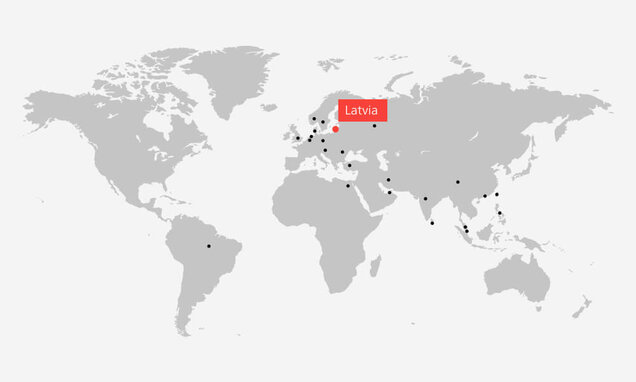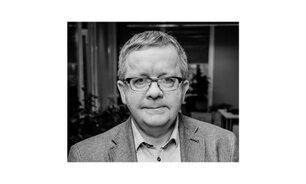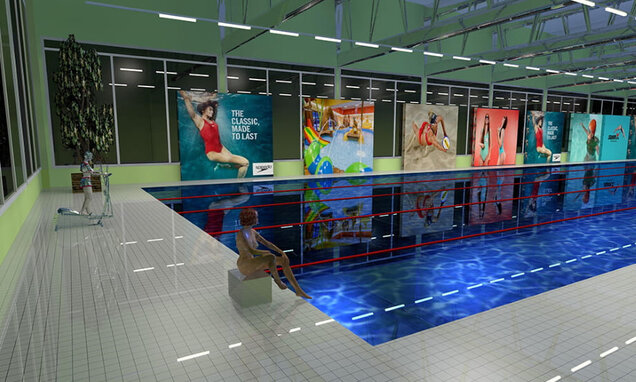»Our lighting design in DIALux corresponds to 99% of the later implemented real situation«

Trainers around the globe teach DIALux – we will introduce you to the people behind it. This time we interview Vilnis Strazds from Latvia. He has been active in the lighting industry for over 30 years and has been a DIALux trainer for a year now. Besides participants from Latvia, he trains lighting designers from all over the Baltic States. In the interview, he tells us how he works with DIALux and how the software can help to save energy.

Vilnis Strazds
Vilnis, what do you particularly like about your job as a lighting designer?
I work as a technical manager in a lighting as a service company and use DIALux every day to implement our customers' ideas. DIALux helps me to find a solution in the most difficult situations. For example when it is not only necessary to achieve a certain light efficiency and intensity, to make objects/rooms look good - but also when it is about finding a way for the customer to reduce the electricity costs for lighting. He can achieve this for example by replacing the existing luminaires with new LED technology. There is so much that can be achieved with the right beam angle or the right placement of the product. DIALux is very helpful here.
What trends or challenges do you observe?
The mission of our company is to help customers save electricity costs and act as sustainably as possible. Each project has its own specific budget for lighting. DIALux is an excellent help if you need to understand how many luminaires are needed to achieve a certain light intensity. I like the challenge when it seems that the budget is too tight to meet customer needs - but with the tools available in DIALux you can still find a solution. This will then meet both the customer needs and the lighting budget.

What was the most interesting project you have designed with DIALux so far?
There were many interesting projects, but one of the most interesting was the Olympic Sports Center in Riga. This sports center had several gyms - the lighting had to be customized for the needs of each gym. This included the main basketball hall, soccer hall, volleyball courts, football hall, tennis court, training ground and swimming pool.
Each of these sports halls required different light scenes with different levels of illumination, depending on the use of the hall at any given time. For example, in a large basketball hall, a basketball game with a transmission screen or a football game or volleyball training can be held. Each of these games require different illuminance levels and uniformity.
In the case of volleyball, for example, it was necessary to eliminate the glare from the nets without significantly changing the position and number of existing luminaires. In the large gymnasium, which can be divided into four smaller halls, it was necessary to understand what the lighting would look like with the partitions lowered and the partitions raised.
In some halls, it was quite complicated to achieve uniform lighting. Due to the wide variety of uses in the sports hall, it was relatively complex and tedious to determine the right lighting level - without DIALux who could hardly manage this, the software helped to save a lot of time. This shortened planning time is not only valuable for us lighting designers, but also for the customer, because it was necessary to obtain the solution in a relatively short time.
What do you particularly like about DIALux?
I like the wide range of project processing options. You can create a visualization that is very close to what you will get in reality. Since we have our own photometry lab in LHOUSE.EU where we create product files, our DIALux planning is 99% accurate to what it will look like in the real implementation!
For more information about our DIALux trainers worldwide please click here.